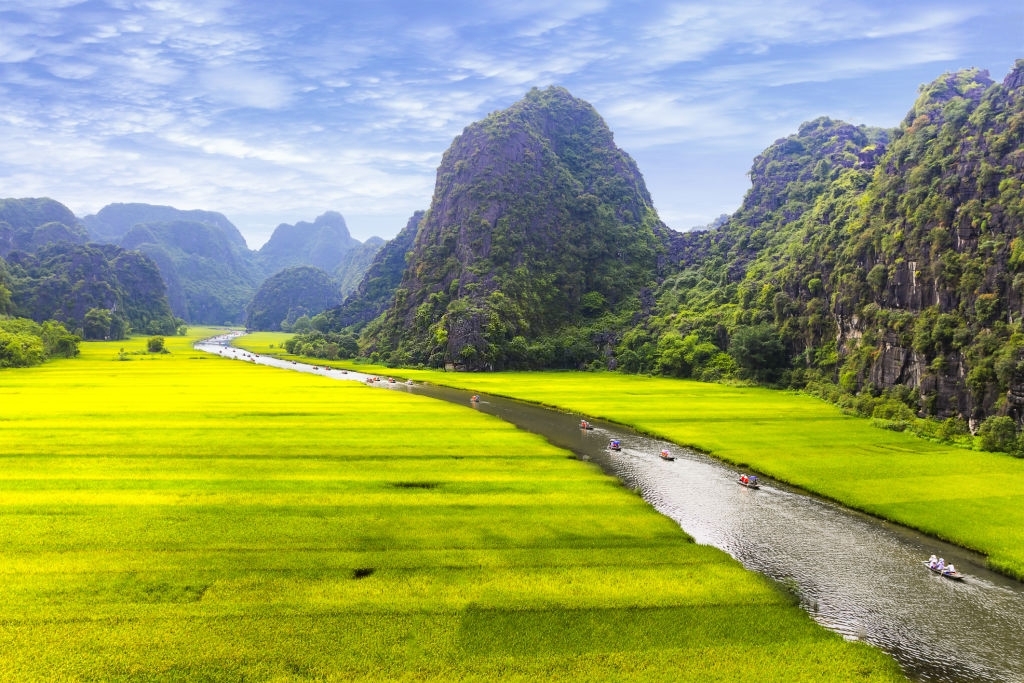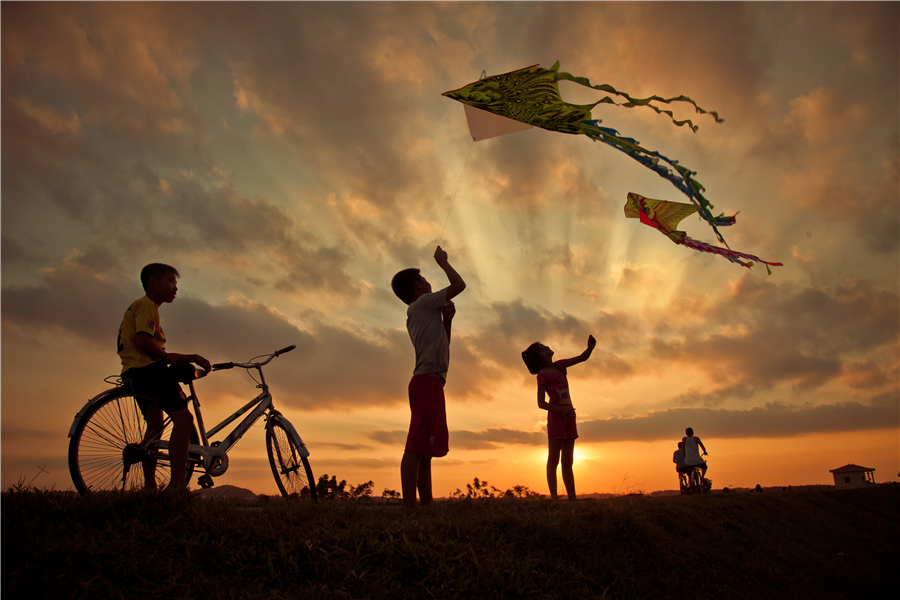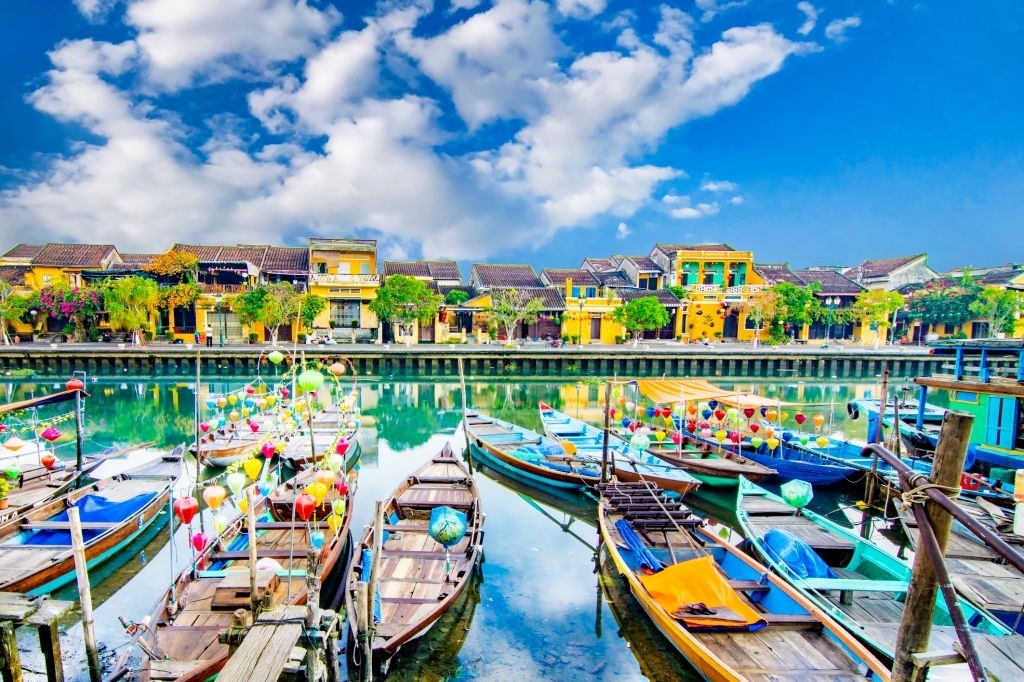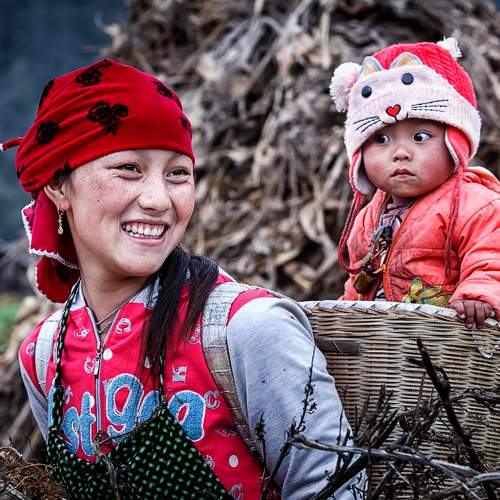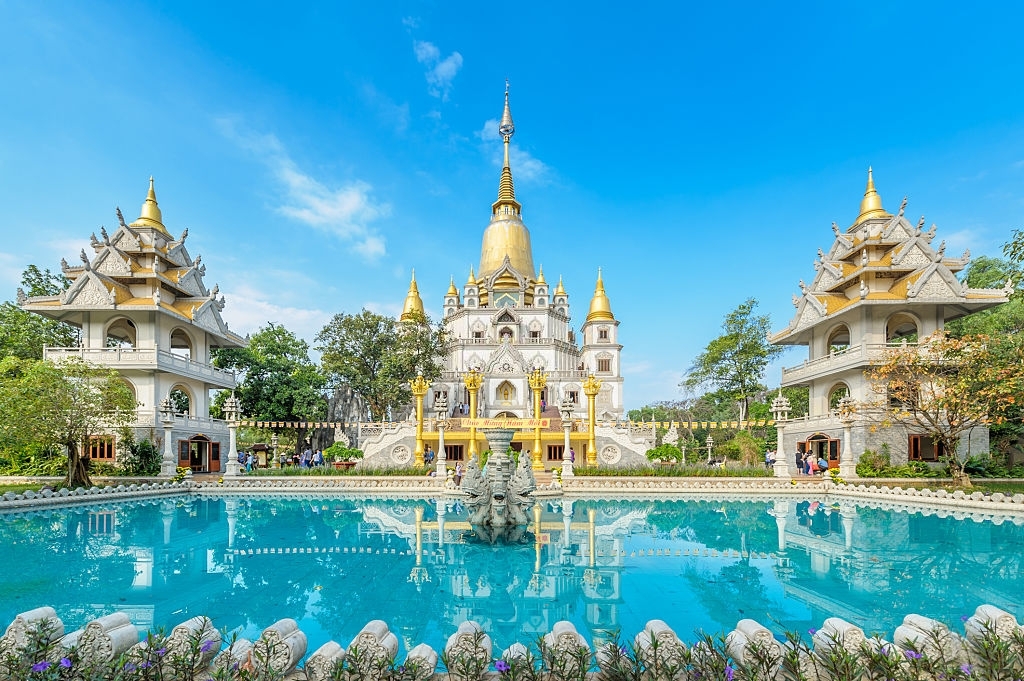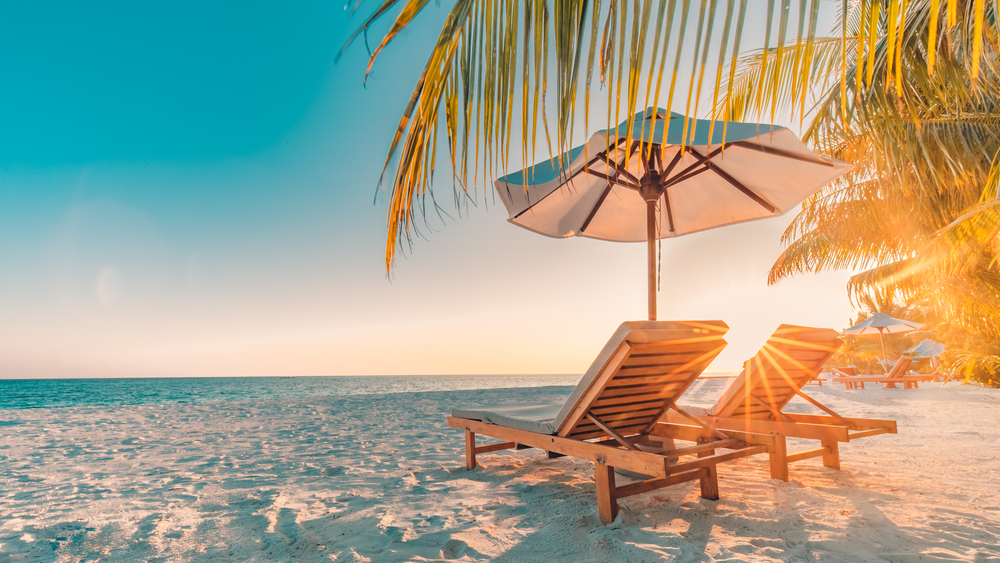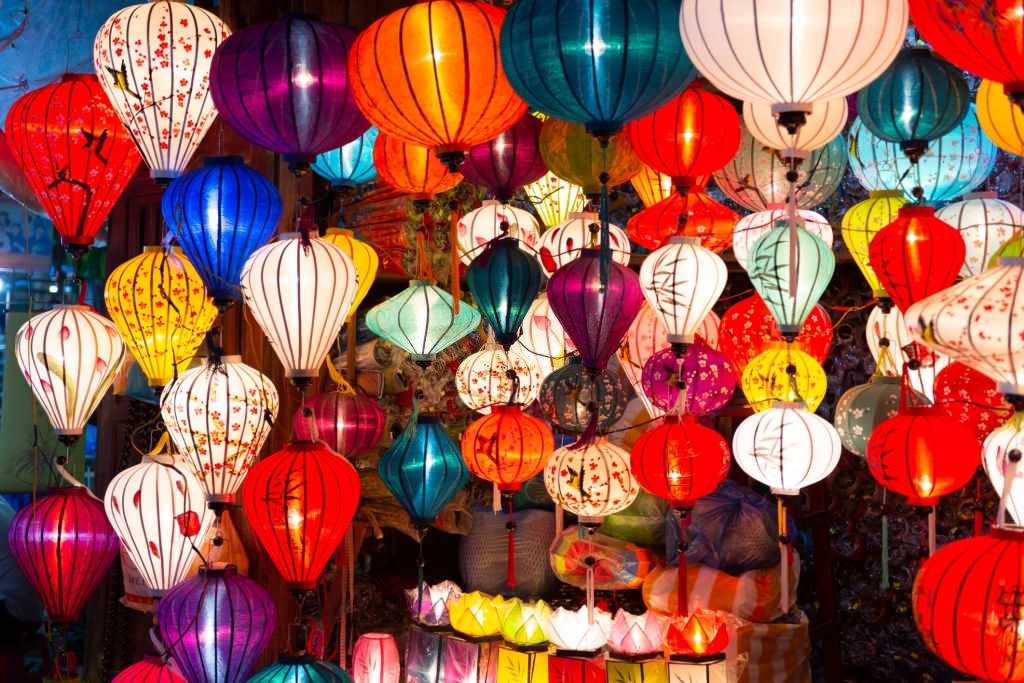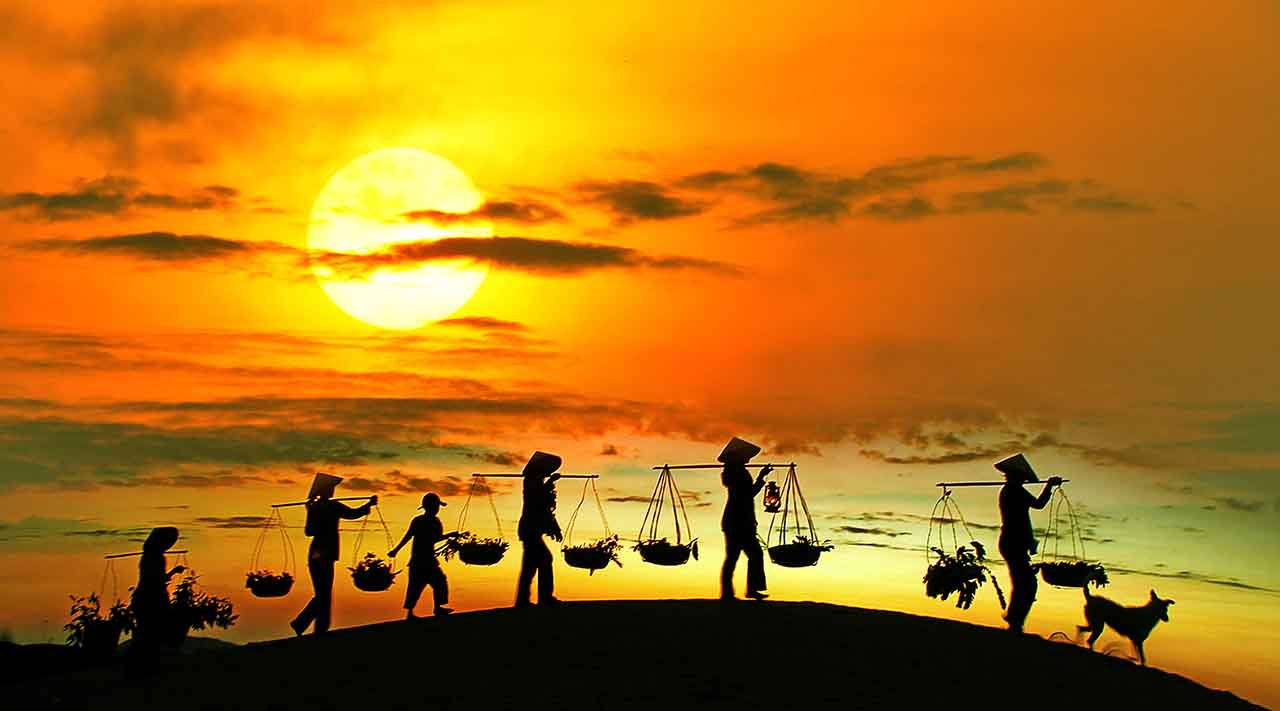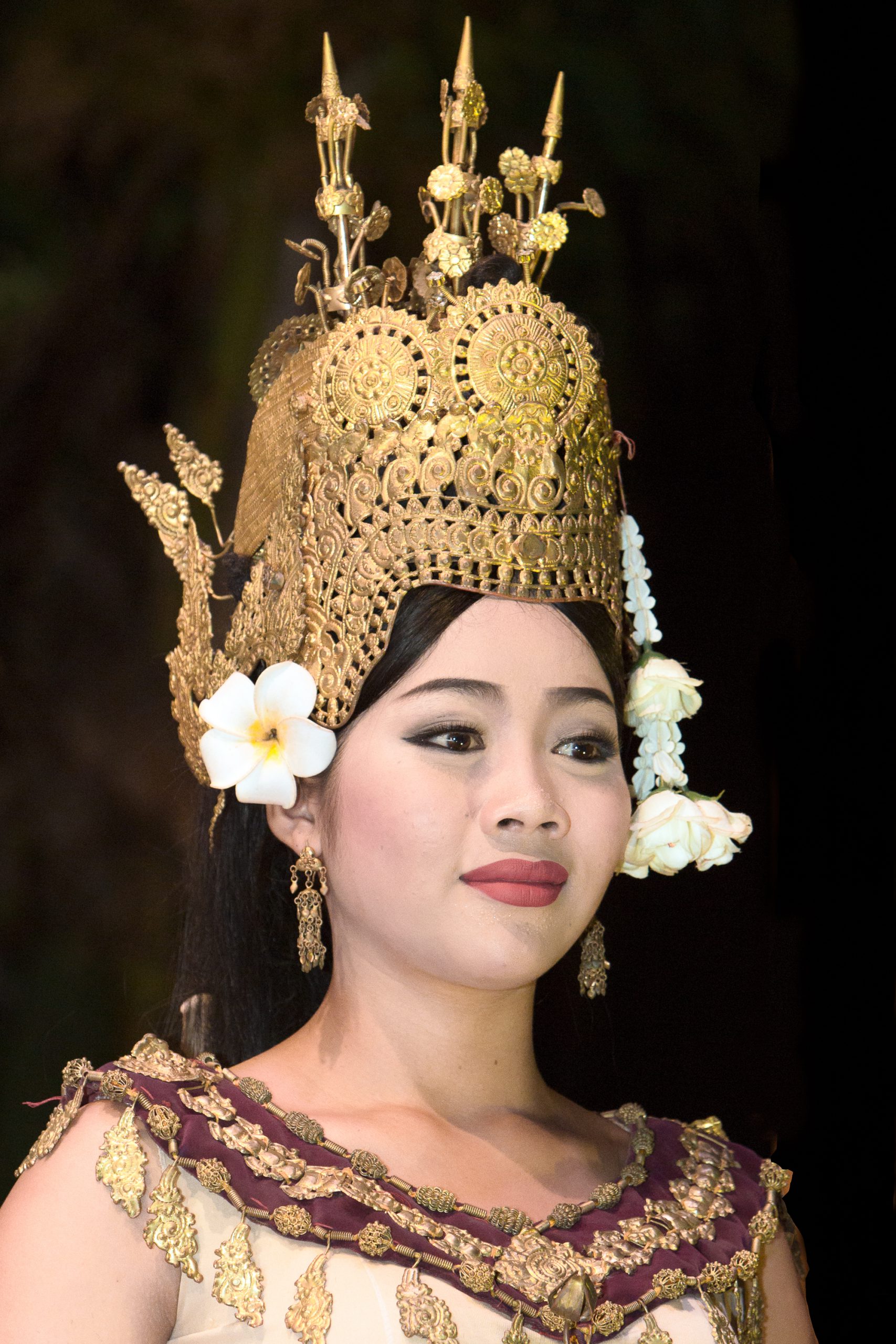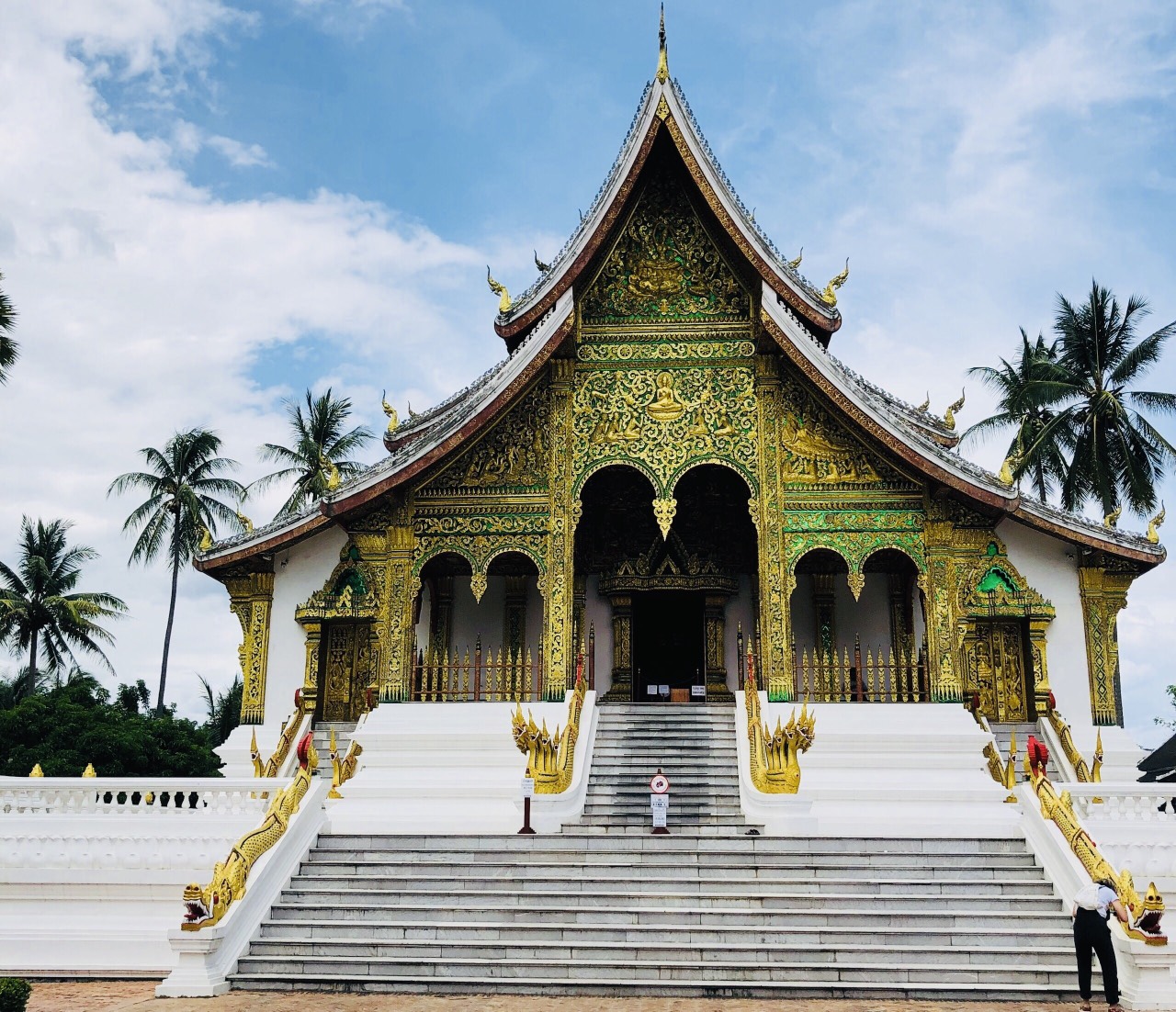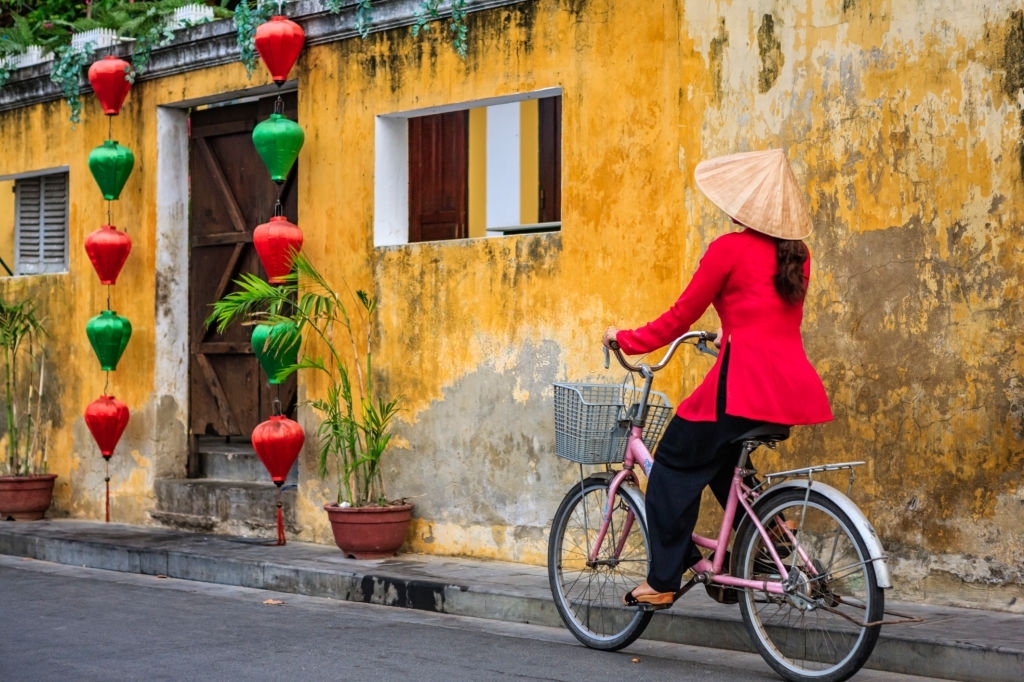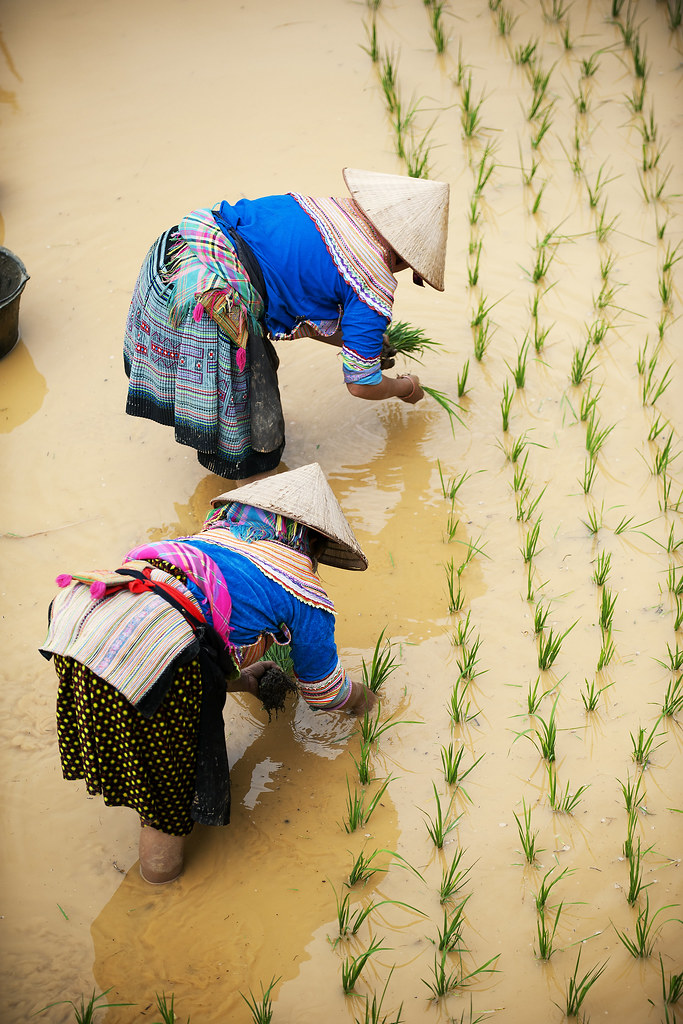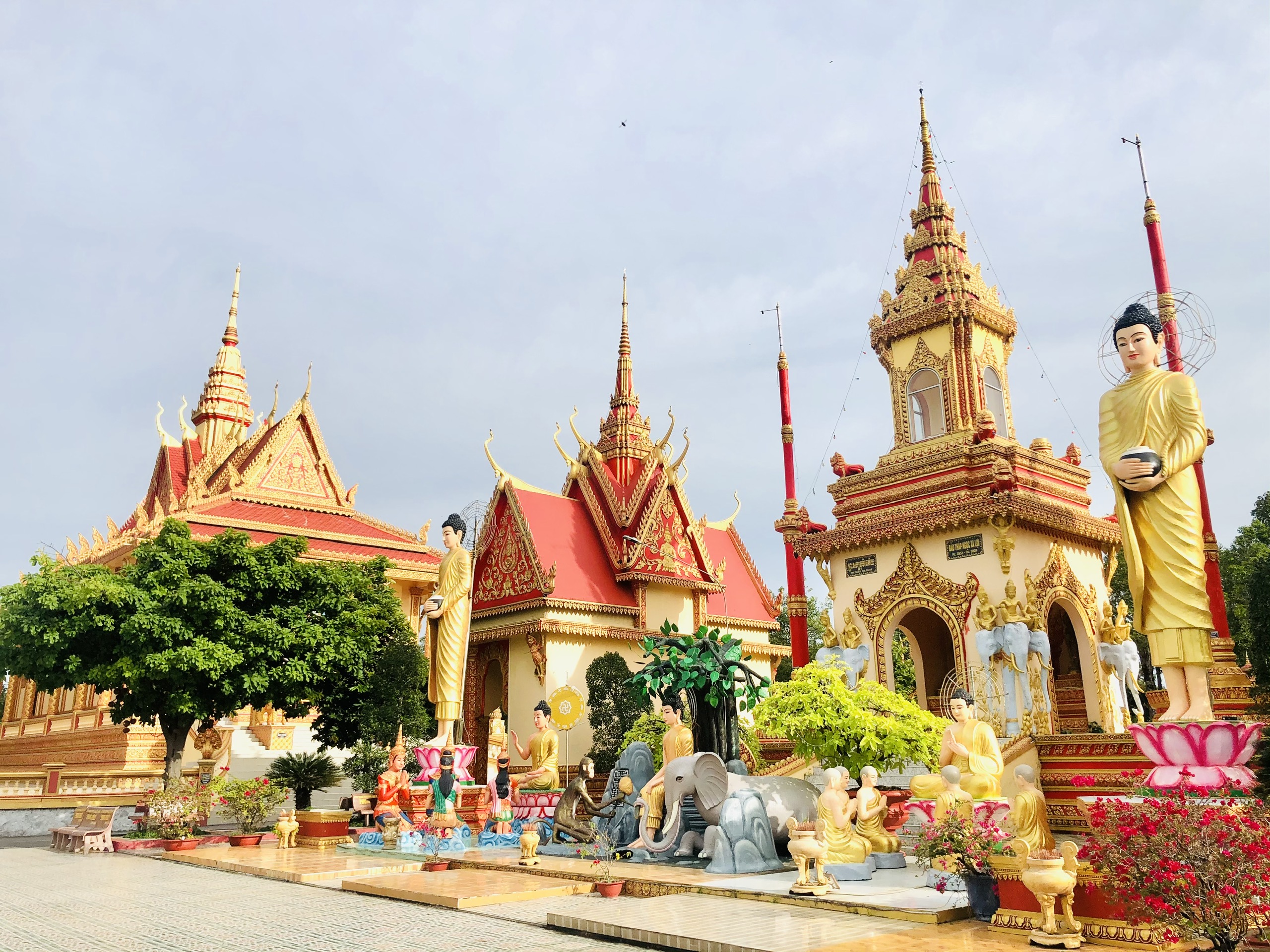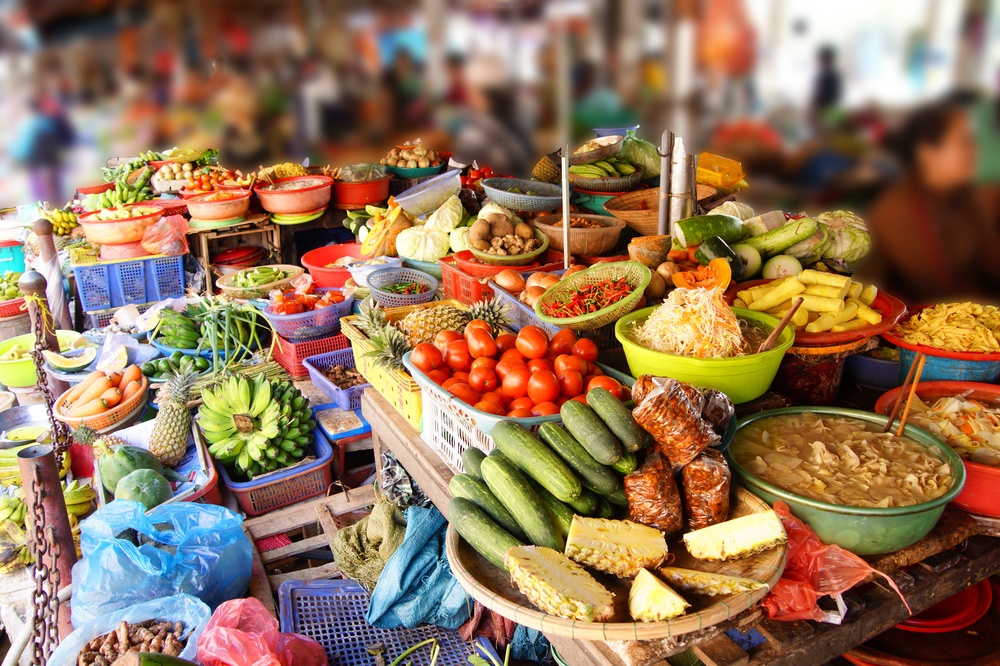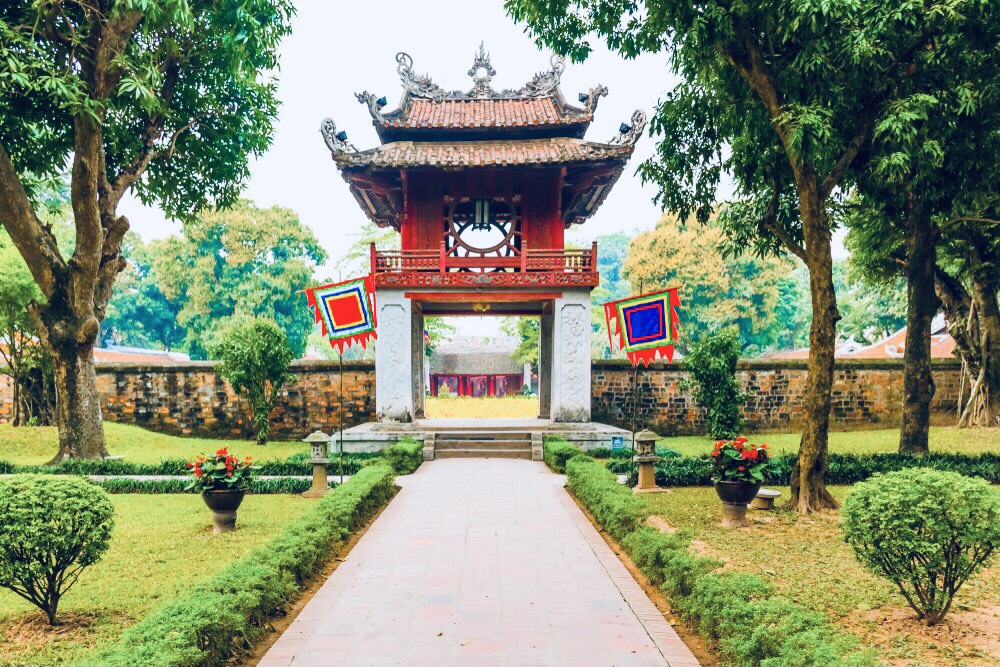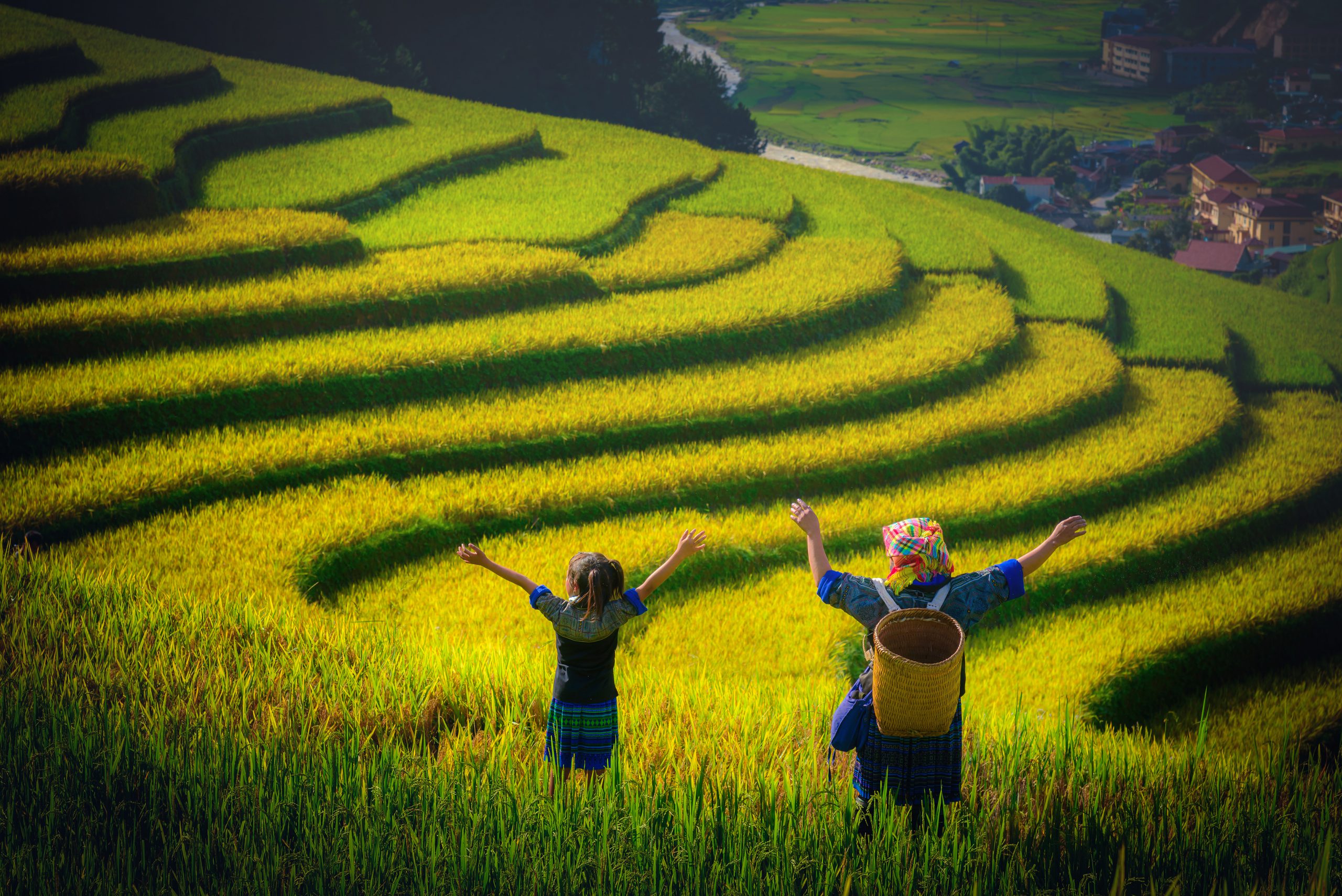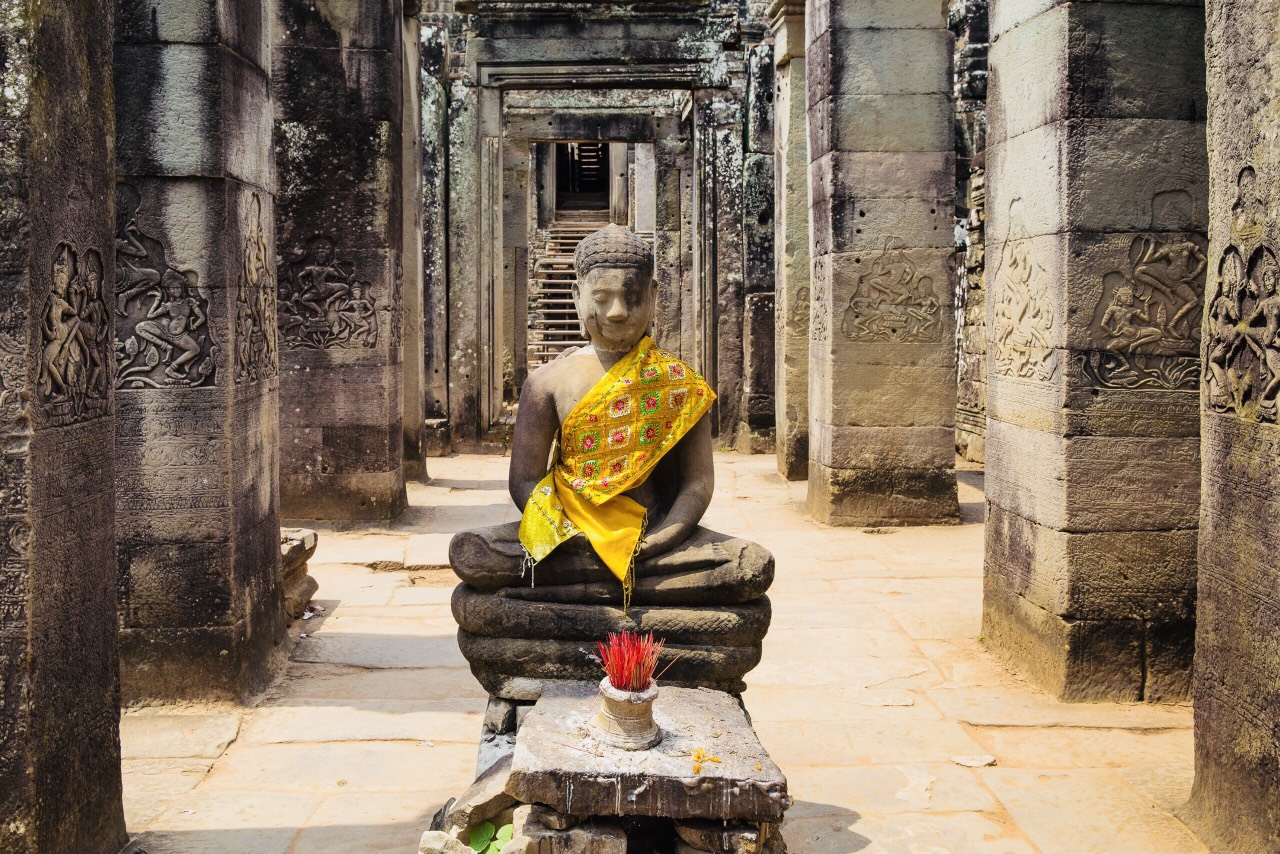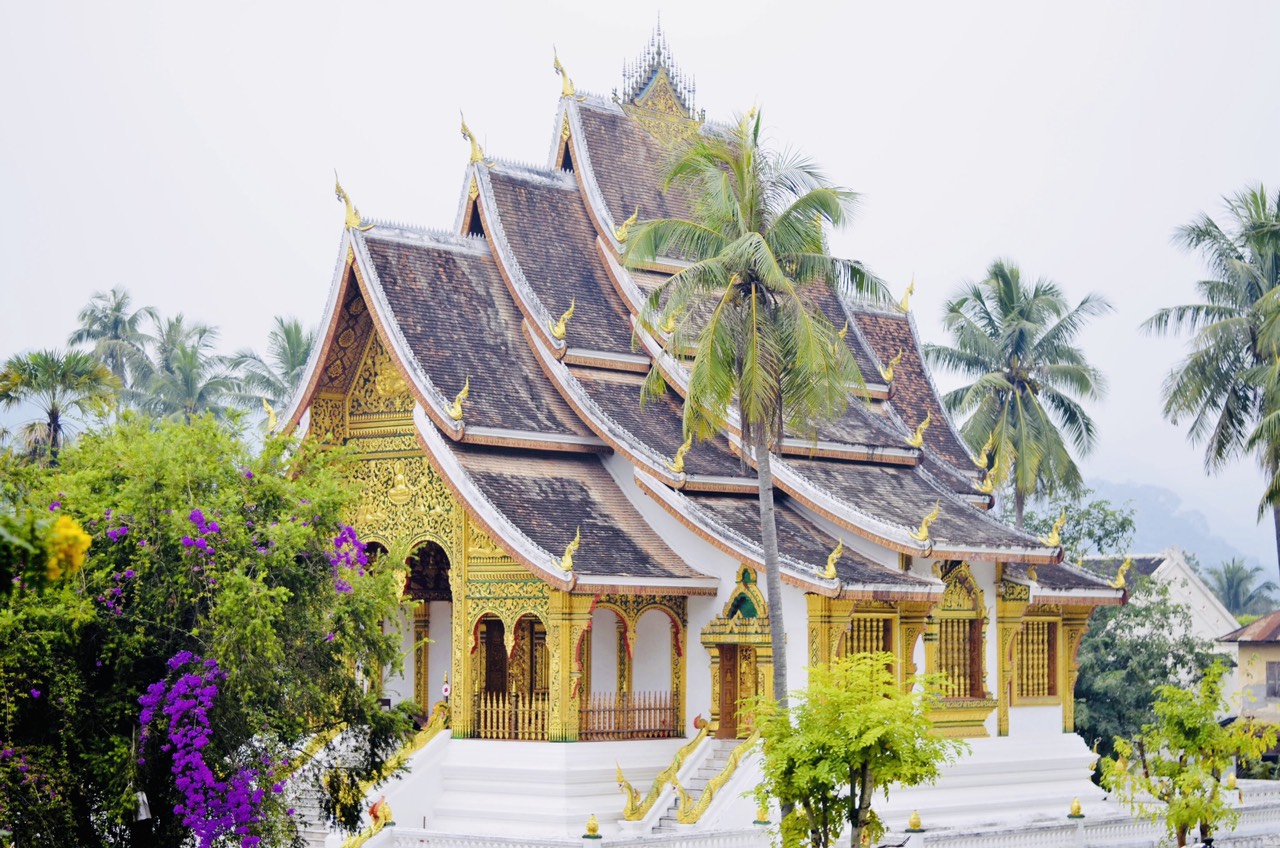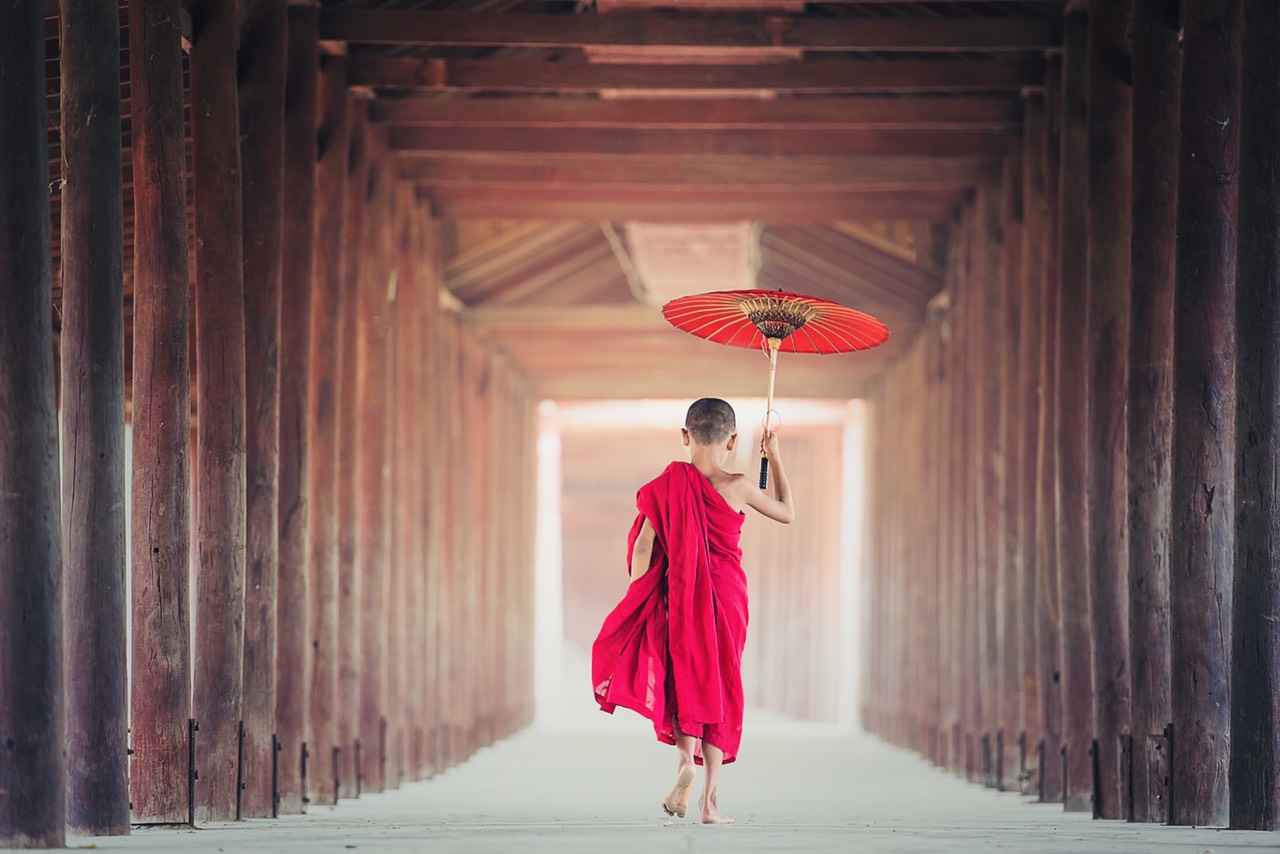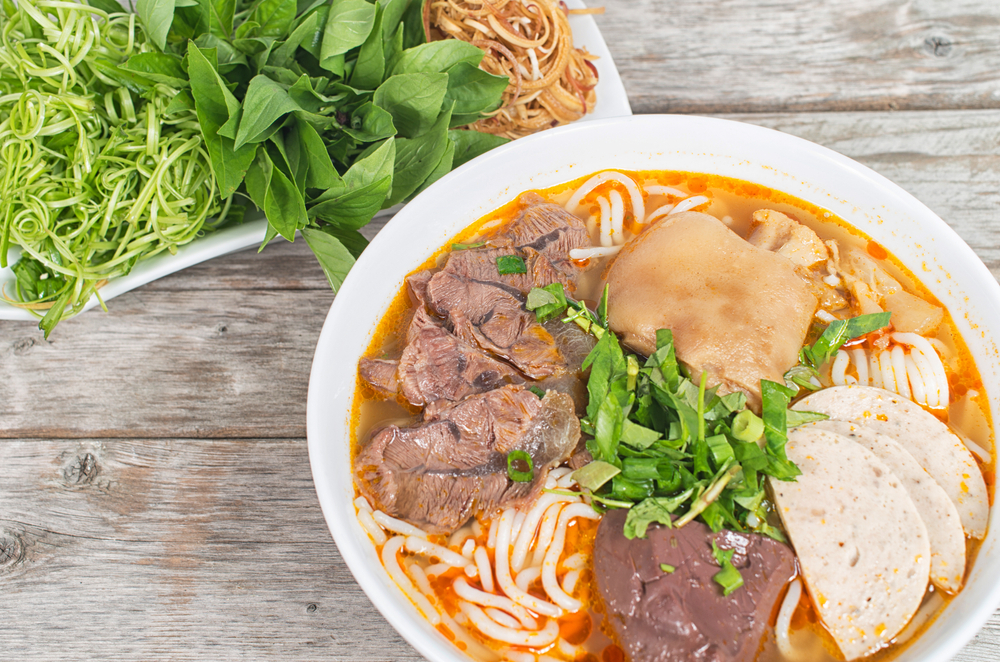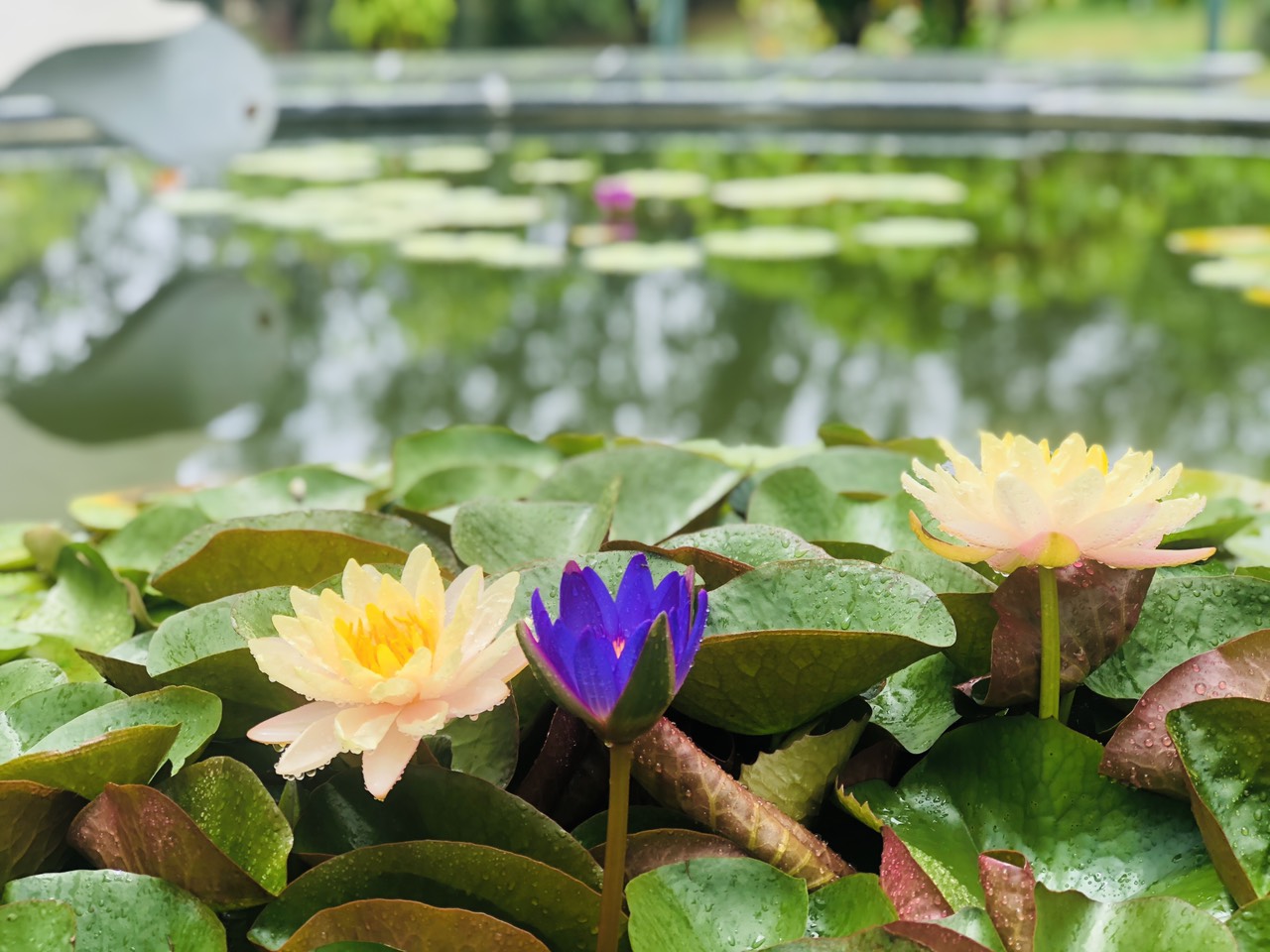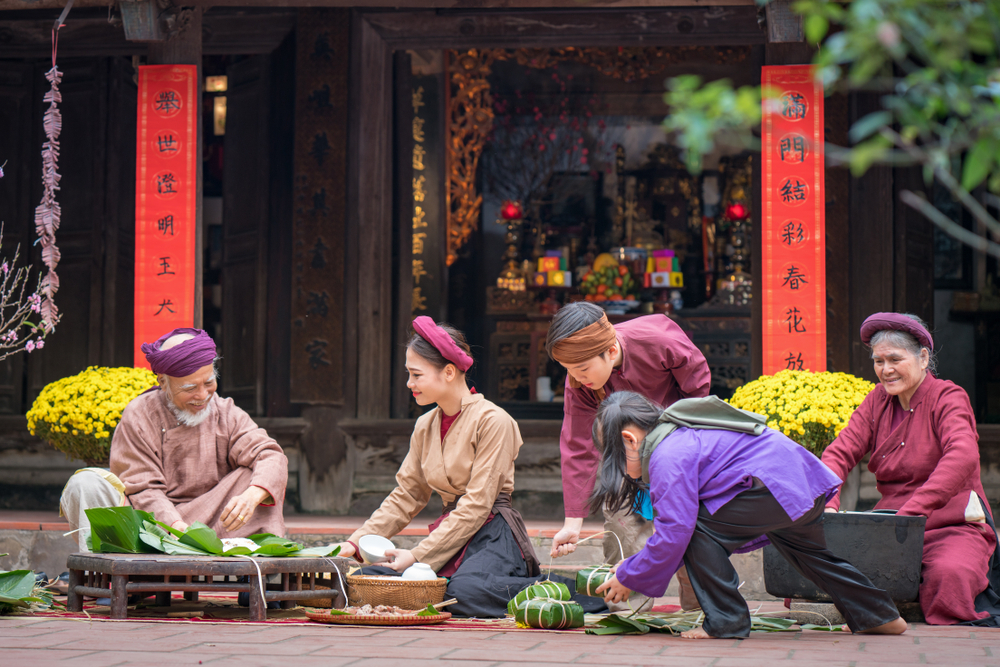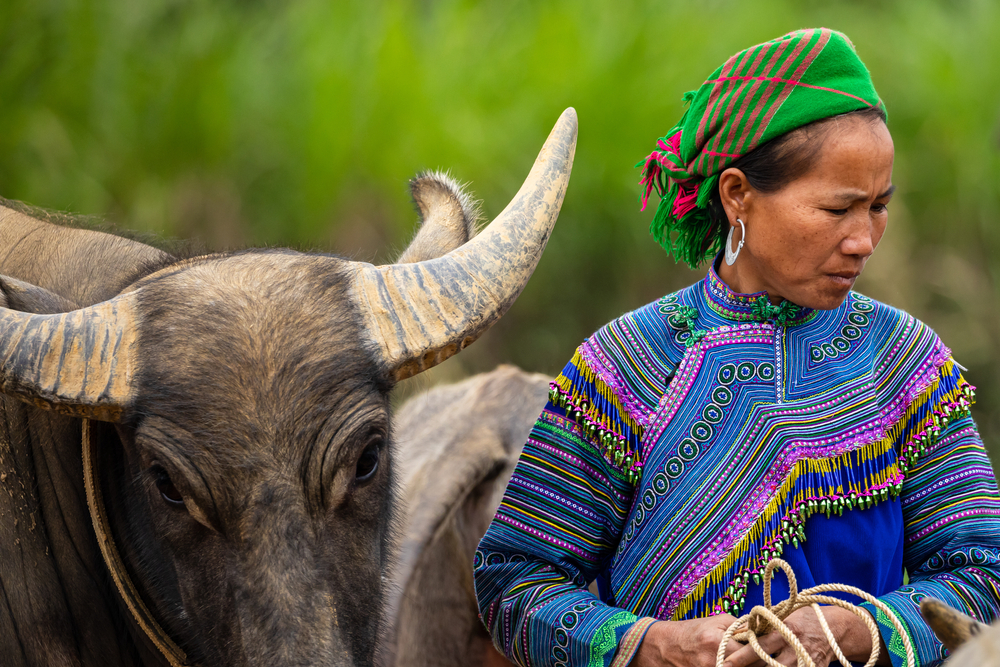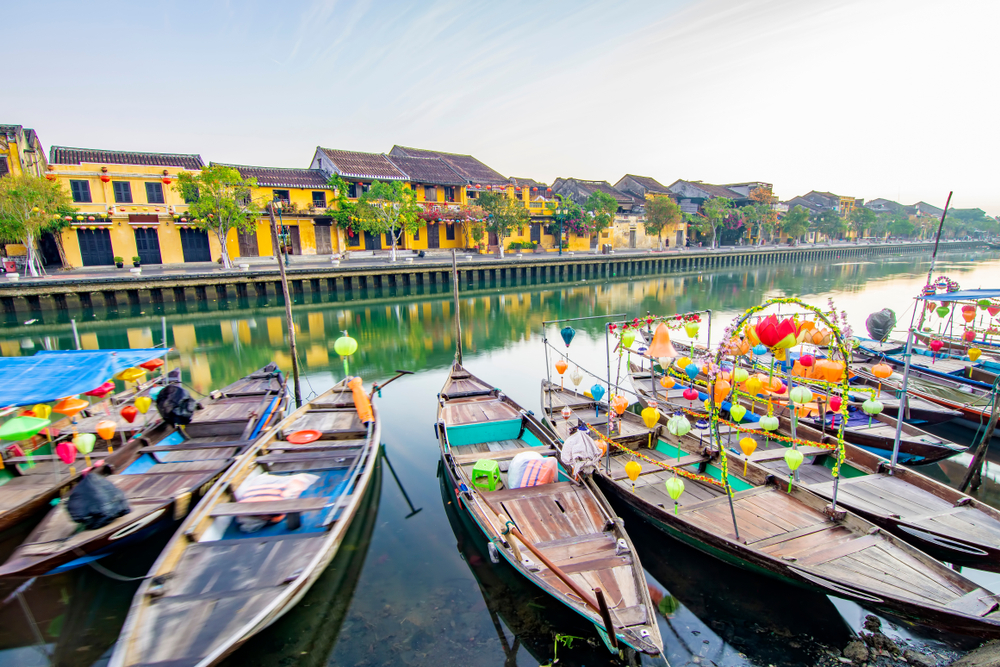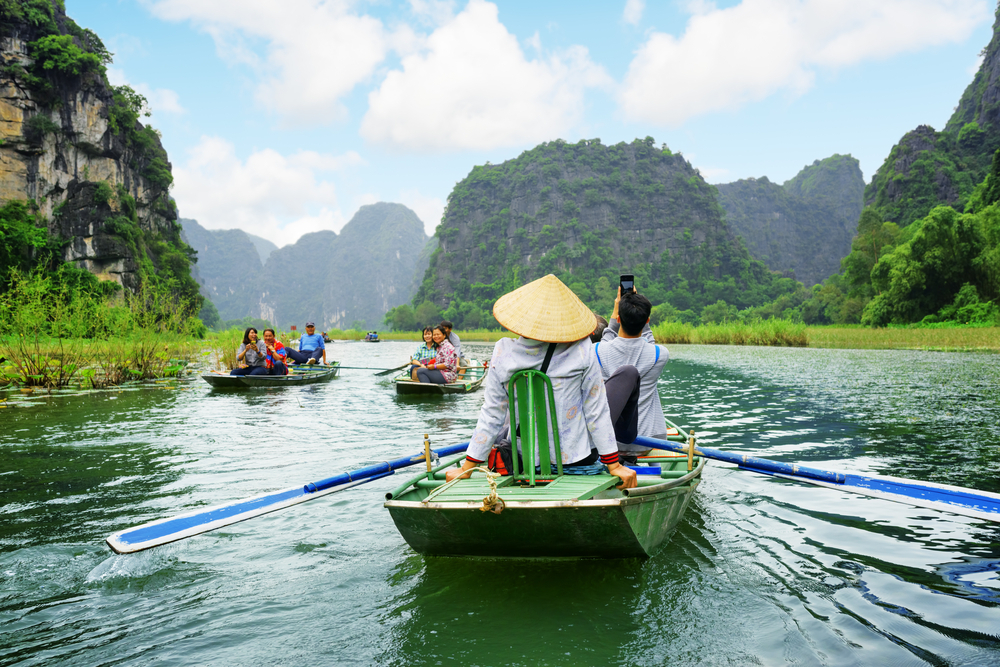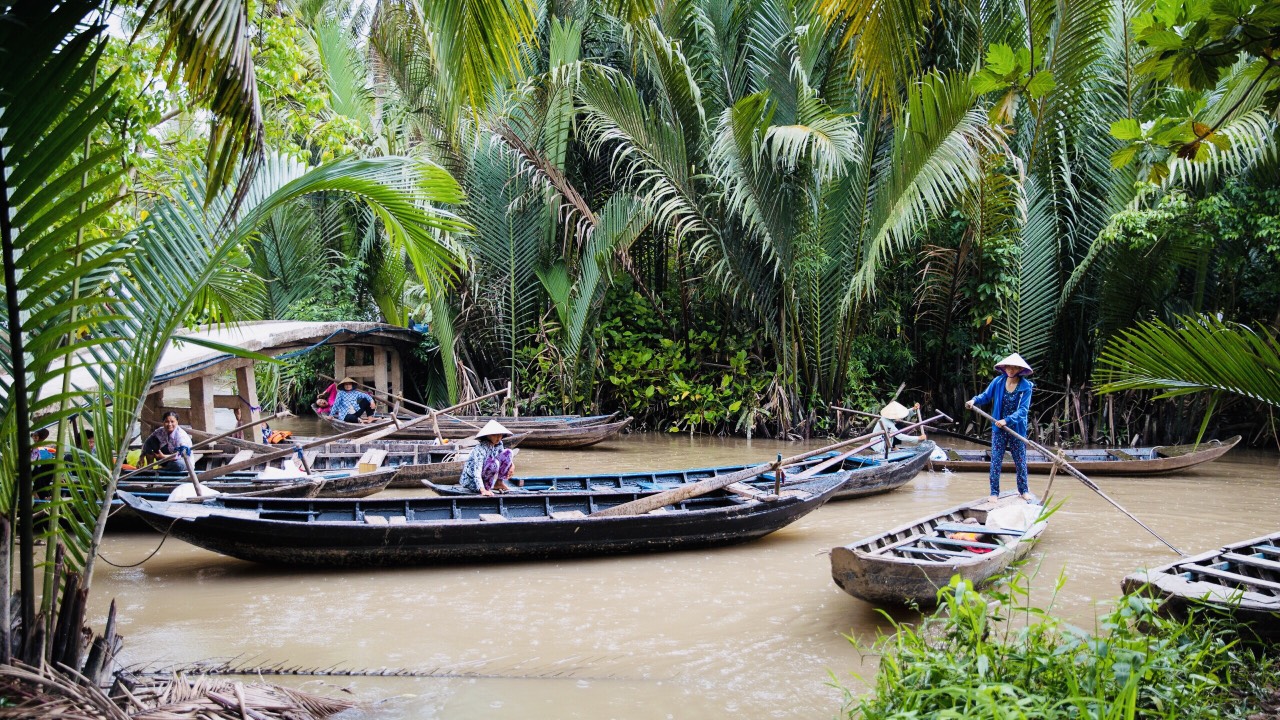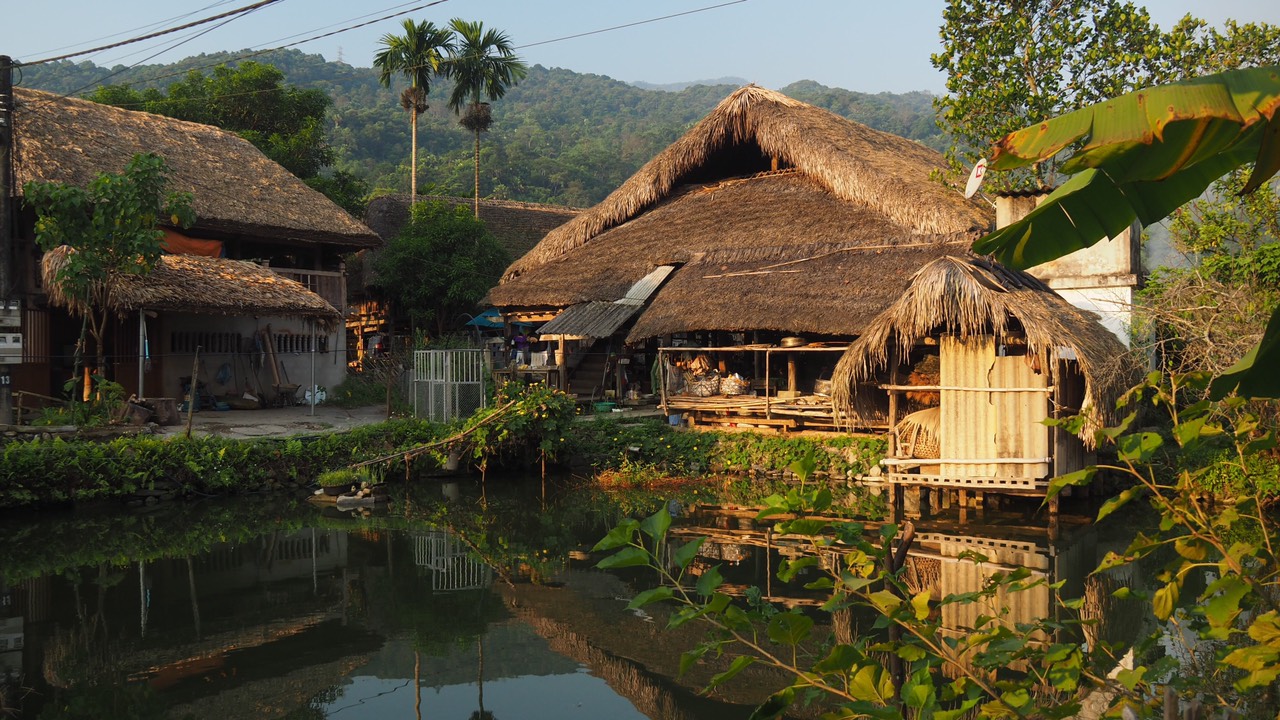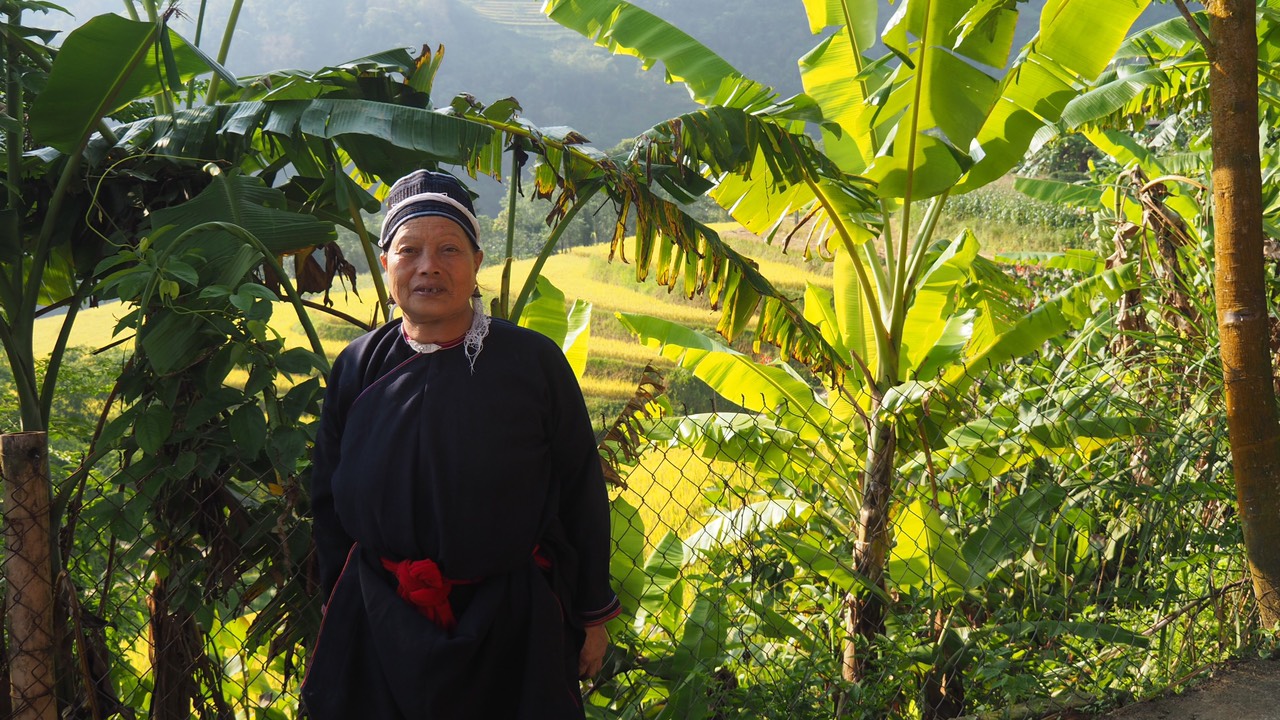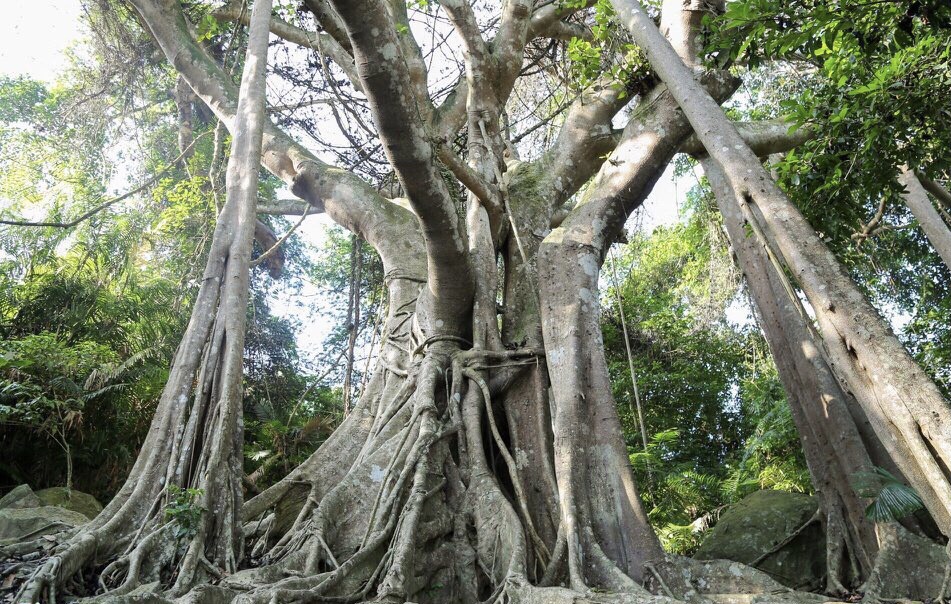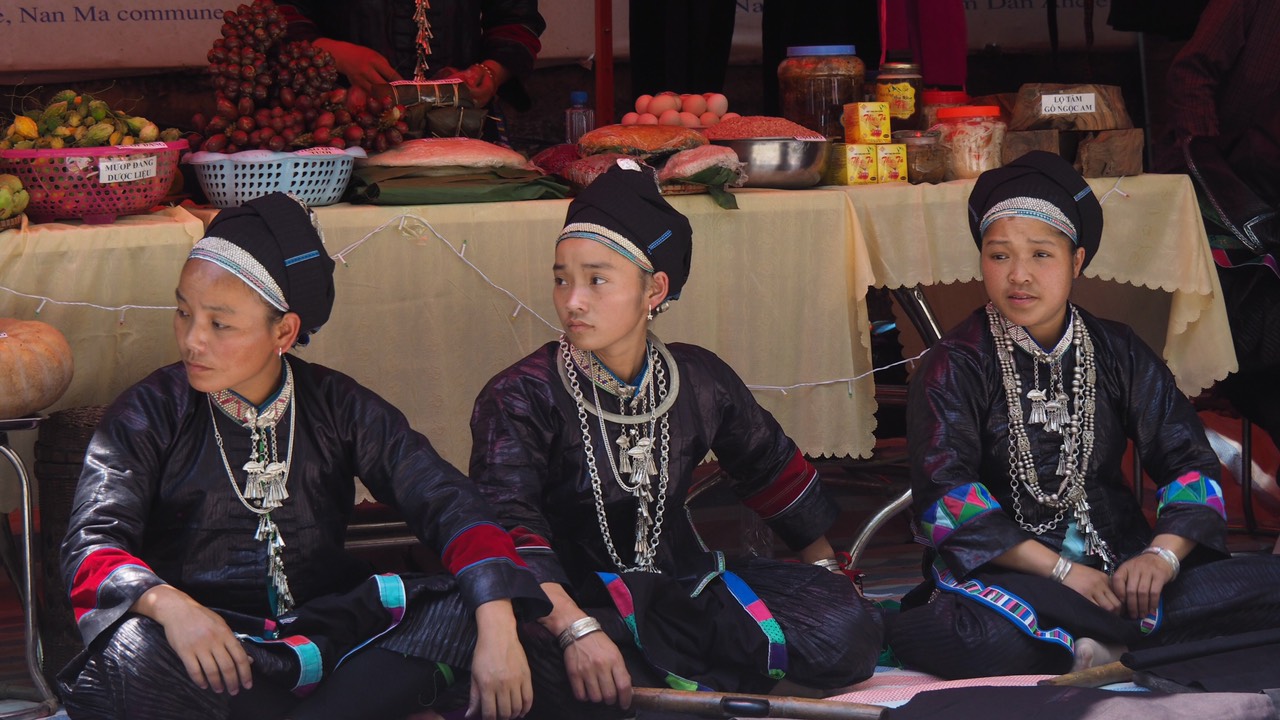
Presentation – origin
The Nùng are divided into several sub-groups:
Nùng Inh, Nùng, Dính, Nùng An, Nùng Phàn Sinh, Nùng Cháo etc…
Most of the Nùng in Vietnam migrated from Guangxi, China, about 300 years ago.
In Vietnam, the Nùng are located in mountainous regions, in deep forests or in valleys whose altitude does not exceed 300 meters. They often live mixed with the Tày in the Upper Region provinces. Their largest concentration is in Lạng Sơn and Cao Bang.
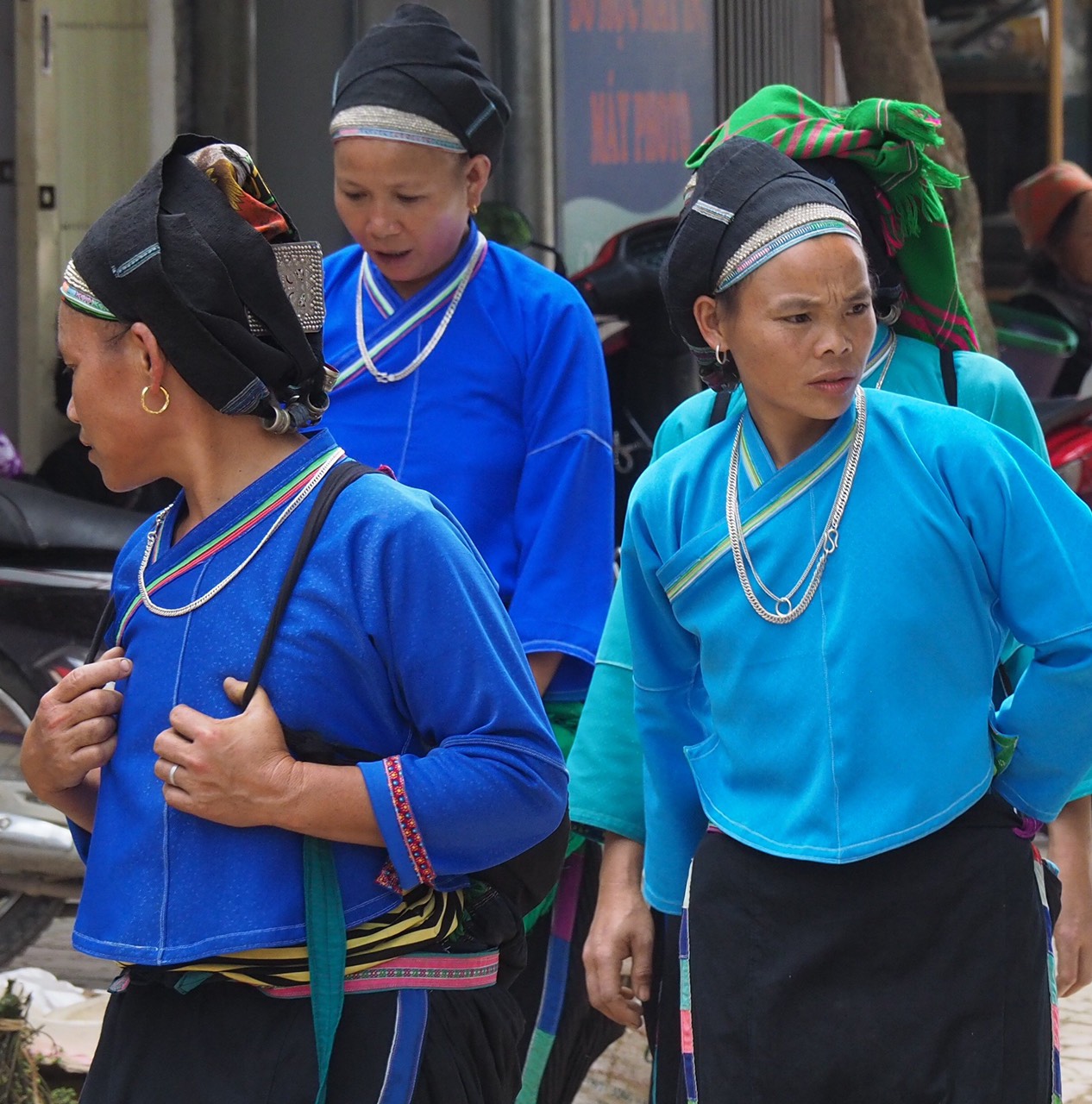
They are culturally very close to the Tay with whom they share rituals and habitat areas.
Culture vivrière
The Nùng practice both flooded and slash-and-burn rice cultivation. They also cultivate market garden plants, fruits, but especially some plants of high economic value such as star anise, cinnamon or amoma (medicinal plant). The Nùng are also master breeders.
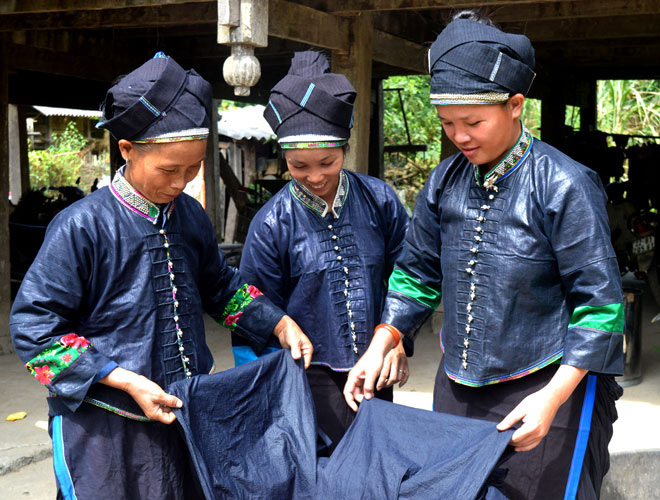
The houses – the villages
Most Nùng people live in houses on stilts but there is a small minority who prefer houses on the ground and with adobe or brick walls. Before building the house, the owner must carefully examine the horoscope of his age to find the right year for the construction.
The familly
The Nùng are patriarchal while respecting women…
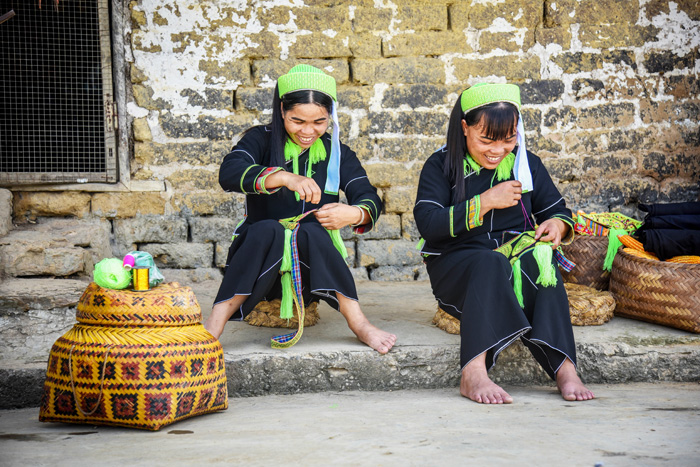
The young Nùng begin to make their first love encounters at the age of 15-16 years when they leave to work in the fields and especially in the parties. Their parents let them choose the person they want to marry, while keeping the last word. A Nung wedding festivity can last three days. Unlike some other Vietnamese ethnic groups, the parents of the bride take care of all the basic material comforts of a couple’s life.
The costumes
The Nùng are used to wearing quite simple clothes of indigo colored cloth, without embroidery and without patterns. This is in harmony with nature in a green environment that is the forest. Their clothing can vary from light color to dark color of indigo according to the preference of each Nùng group. The color indigo remains the symbol of fidelity.

Dans le costume traditionnel des femmes, quel que soit le groupe Nùng, on trouve toujours un turban carré, une veste à 5 pans boutonnée sous l’aisselle droite et qui descend jusqu’au dessous de la hanche et un pantalon (chân què) dont les bords supérieurs sont rabattus avec une ceinture retournée.
En fonction du groupe Nùng, il y a une légère modification au niveau de la veste. Leurs bijoux en argent les protègent contre les mauvais vents nuisibles à leur santé.
Les croyances
Les Nùng et la légende de Báo luông Slao Cải. C’est l’histoire du géant bienfaiteur qui avait défriché la terre et qui leur avait appris à y faire pousser du riz, du maïs, du coton, tout ce dont ils avaient besoin.
Les Nung perpétuent le ‘thanh minh’, tradition qui veut que tous les membres de la famille apportent des fruits, des friandises et des papiers votifs sur les tombes des ancêtres.
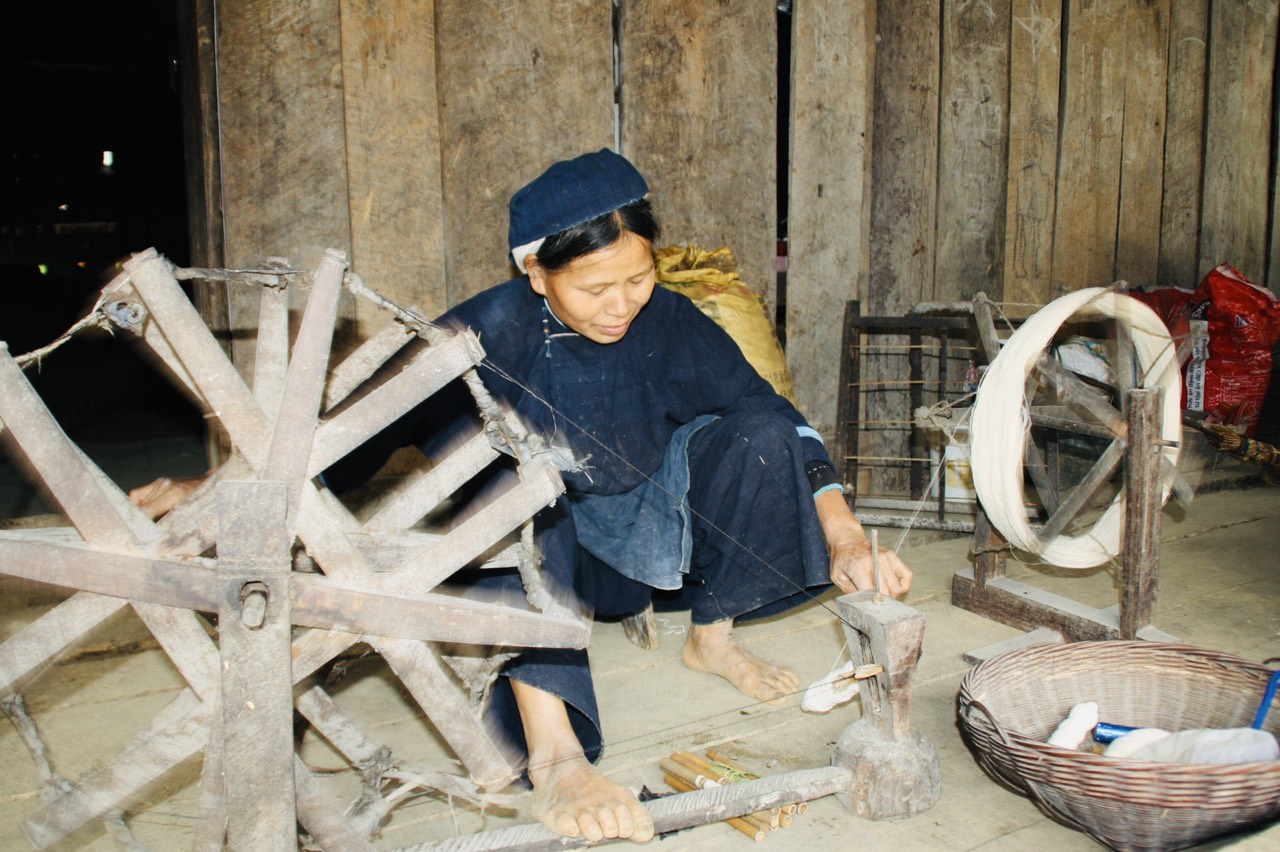
The arts
The Nùng An ethnic minorities of Phuc Sen are reputed to be excellent blacksmiths – those of Phia Thap have the particularity of making incense sticks, a traditional trade transmitted from father to son. They also do weaving, carpentry, ceramics, basketry, dó paper making.
When they are confronted with a situation that is beyond their understanding, the Nùng address the deities, through the intermediary of the female singers of Then, with their Tinh (a two-stringed musical instrument) and with their velvety voices, which were then the equal of those of the fairies.
They are culturally very close to the Tay with whom they share the Làng oi est, a traditional alternating song between men and women.



